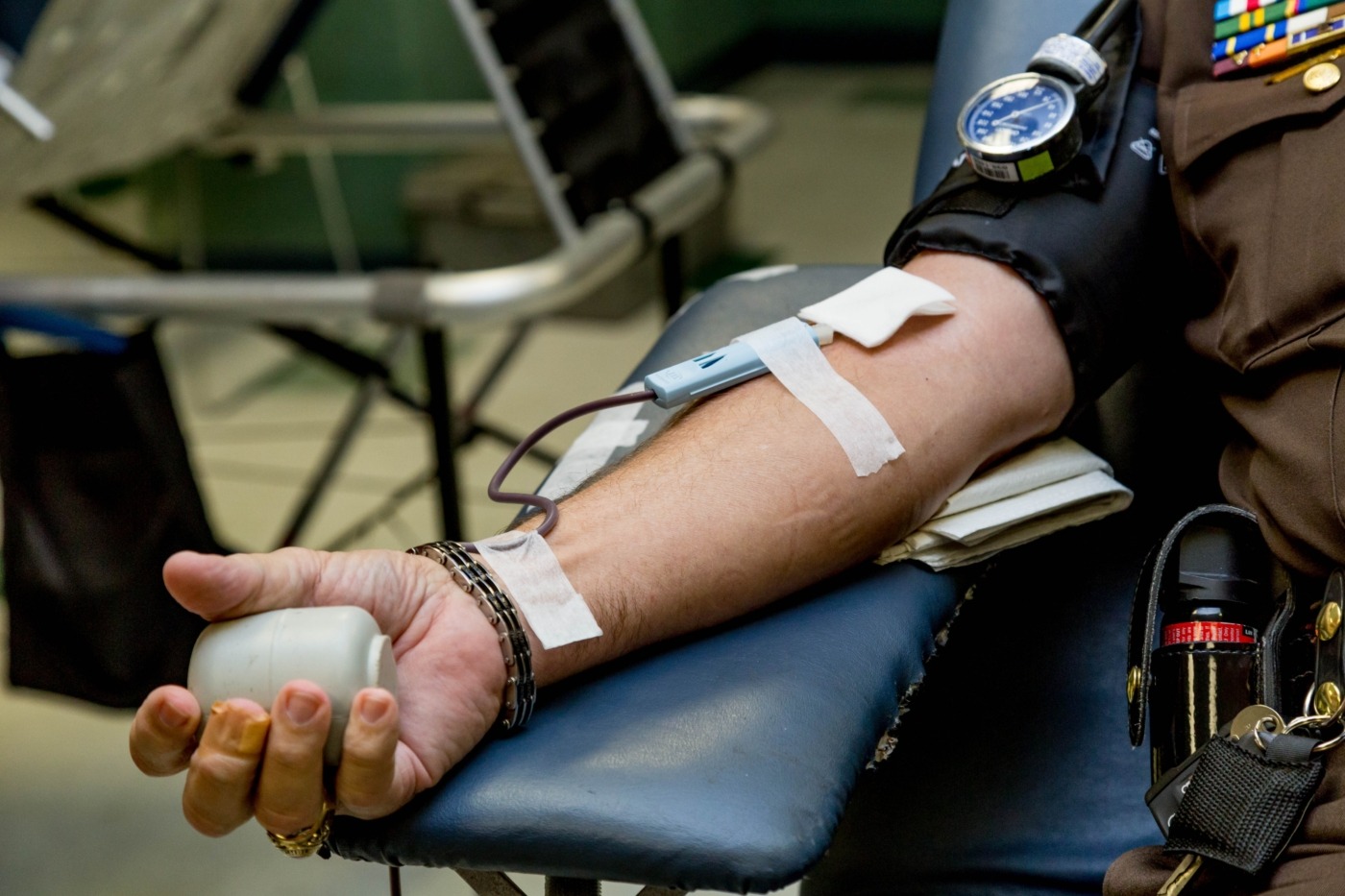Warwick Marrow needs donors more than ever
Founded in 1974, Anthony Nolan is a charity that signs people up to the stem cell register to match potential stem cell donors to patients with leukaemia and other blood disorders requiring bone marrow transplants. 75% of patients won’t find a match within their family, so they need the stem cell register to find a donor.
Warwick Marrow is the student-led branch of Anthony Nolan at the University of Warwick. We run events on campus to sign people aged 16-30 up to the stem cell register and raise money to fund research and equipment. One-quarter of all stem cell donations in the last two years were donated by recruits of the one of the 50 UK Marrow groups, showcasing the huge life-saving potential that students have.
Impact of Lockdown on Donor Recruitment
The cancellation of Term 3 last year, and the implementation of Covid restrictions throughout this academic year has meant that we’ve been restricted to online recruitment. Warwick Marrow has been particularly impacted by these restrictions coinciding with our biggest recruitment events – our summer clinic and our fresher recruitment drive.
There has never been a more important time to sign up to the stem cell register
The number of people signing up to the stem cell register has dramatically decreased due to the absence of in-person sign ups. We often signed up around 400 people per term before Covid-19, but since September we have only been able to recruit 19 potential lifesavers.
Arguably, there has never been a more important time to sign up to the stem cell register, especially considering the growing disparity between the number of people signing up and the number of people in search of a donor. When you sign-up with Warwick Marrow, you have a one in 100 chance of being a match and young people are more likely to donate as they provide better outcomes for patients.
Sign-up Process
The sign-up process is simple! All it takes is the completion of an online form and a swab packet will be sent to you in the post. Once you’ve completed the 60-second cheek swab, you can return it in the post and from that, Anthony Nolan can identify your tissue type and will add you to the stem cell register. Once you’ve joined the stem cell register, you’ll stay on it until you’re 60.
As men produce more stem cells […] it is vital that we increase the number of men on the stem cell register
Recently, there has been a call for more men aged 16-30 to join the stem cell register, with men only making up 16% of the register but providing 55% of donations. As men produce more stem cells, the likelihood of them being chosen to donate is much higher and thus it is vital that we increase the number of men on the stem cell register. There is a misconception that men who have sex with men cannot donate stem cells. This is not true – the stem cell register is open to everyone.
Tackling Inequalities
In the UK, patients of minority ethnic backgrounds have a 37% chance of finding a life-saving match compared to a 70% chance for patients from a northern European background. This disparity is the result of two factors:
- The quality of the match between two people is determined through HLA Typing – a process that evaluates the proteins on the surface of your immune cells. Both you and the patient’s cells must ‘fit’ well together for you to be a decent match. HLA matches are more common within ethnicities, and right now the number of possible donors from minority ethnic backgrounds is far too low. Diversifying the register is key to tackling this inequality.
- Some communities hold religious beliefs that prevent them from donating stem-cells. It is also a taboo subject in certain cultures where there is a stigma surrounding medical donations.
We want to ensure that everybody, regardless of their race or ethnicity, has a strong chance of finding a stem-cell match. Therefore, we encourage everyone, especially those from minority ethnic backgrounds, to sign up to the register and help us realise this goal.
The Donation Process
A misconception surrounding donation is that it’s painful, however this is not true. 90% of people donate through their blood, with the stem cells being filtered out in a regular outpatient appointment. This will take around four hours, so it’s the perfect excuse to spend a few hours catching up on your favourite Netflix series. While 10% of people will donate via bone marrow under general anaesthetic, most people who donate this way say that the worst that happens is that you feel slightly tired or achy for a few days afterwards. In both cases, your stem cells will regenerate within a few weeks.
Warwick Marrow are always happy for new volunteers to join them and to collaborate with other societies to help raise awareness.
To get involved or find out more visit: www.anthonynolan.org/warwickmarrow

Comments